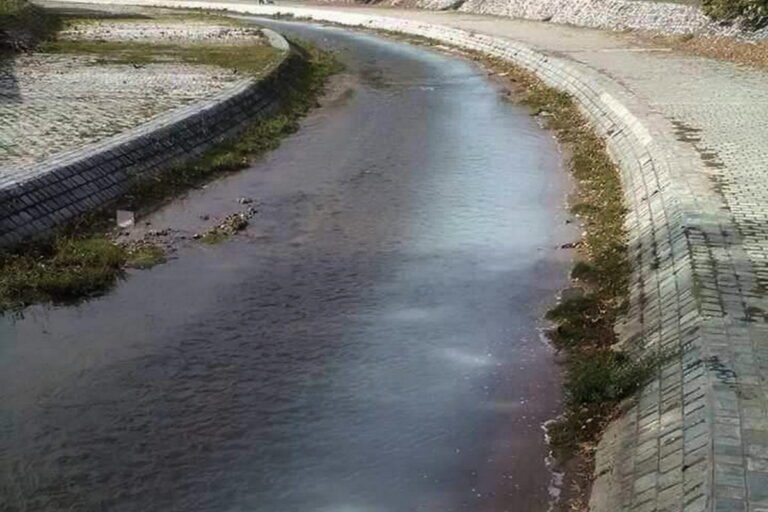Only 55% of the population is connected to sewage systems in Serbia. Wastewater treatment plants, where they exist, use mostly outdated technologies and were built more than 30 years ago.
The “Clean Serbia” project aims to preserve drinking water, which will be the main resource in the years ahead, and to prevent the pollution of rivers that have now reached a critical level, and thus the coastal zone and the wildlife in it. According to the construction of sewage infrastructure, Serbia belongs to the group of medium-developed countries, while in terms of wastewater treatment, it is at the very back, reports National Geographic.
The percentage of the population covered by wastewater treatment, according to statistical data from 2020, was 14.1 percent in 2018, of which 13.1 percent was related to secondary treatment. In Serbia, a total of 47 cities and municipalities have wastewater treatment plants, of which 26 are in function (with 2 in reconstruction and 5 in trial operation). Only 5 local self-government units have a facility with tertiary treatment.
Unlike many European countries, projects related to ecology were not priorities in earlier years. The construction of a wastewater treatment plant is not cheap and simple because it first of all implies construction of an adequate sewage network and supply of waste water to the plant.
Within the framework of the German-Serbian bilateral cooperation, through the KfW program “Water supply, waste water treatment and sewerage program in medium-sized cities in Serbia”, it is ensured significant support for the modernization and construction of water supply and sewage infrastructure.
The goal of the program is to contribute to the efficient use of water resources, ensuring the appropriate quality and quantity of drinking water for the population and the economy, as well as through waste water management contribute to environmental protection. Since the beginning of the implementation of the program, technical and institutional support has been provided for more than 20 cities in Serbia with a total of 1.6 million inhabitants through five separate programs, of which over 245 individual investment projects have been fully completed or are in progress. Out of the total number of companies engaged in project implementation, 85% are domestic companies. During its duration, the program also contributes to business improvement, monitors results and evaluates sustainability operations of utility companies participating in the project.
The “Clean Serbia” project implies the construction of sewage networks, but the plant itself is practically the answer to the poor state of Serbian waters.
The number of inhabitants covered by this program is about two and a half million in 69 local self-government units. As part of the “Clean Serbia” project, the construction of over 5,206,679.31 m of sewage network is planned, and the number of plants is almost half of the number needed for the whole of Serbia (165 WWTPs).


